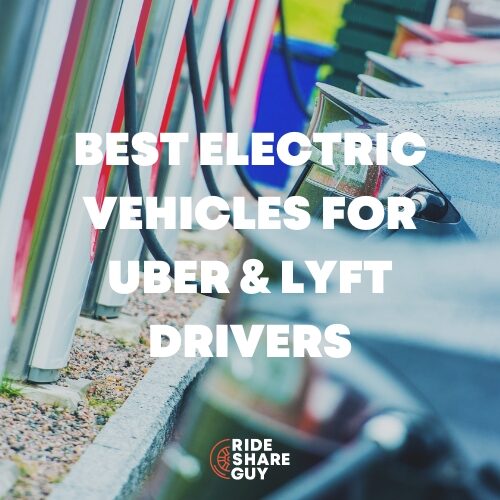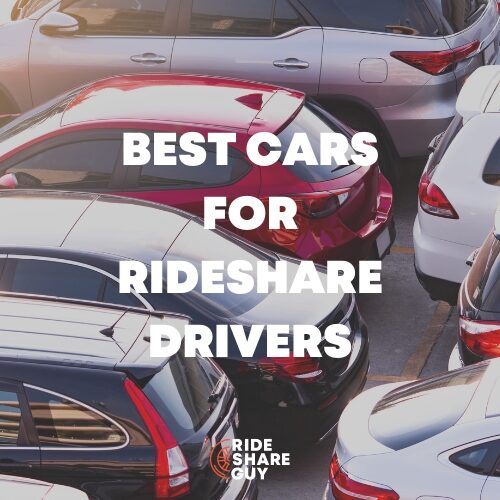👉 Do you use an EV to drive for rideshare or delivery? Join our Facebook Group for EV gig drivers for discussions about the current state and future of EVs.
Have you ever wondered what it’s like to drive an all-electric vehicle for Uber or Lyft? Is it even possible, and does it make financial sense? RSG contributor Gabe Ets-Hokin answers these questions and more below.
“Yes, it’s fully electric.”
“It goes between 200 and 250 miles on a single charge.”
“I charge it in my garage overnight, but a DC fast charger can get the battery to an 80-percent charge in about 45 minutes.”
Memorize these responses if you’re planning on driving a long-range EV for your rideshare gig, because your passengers will ask the same questions over and over. Of course, since you’re reading this article, you probably have questions, and that’s okay. It’s why I’m here.
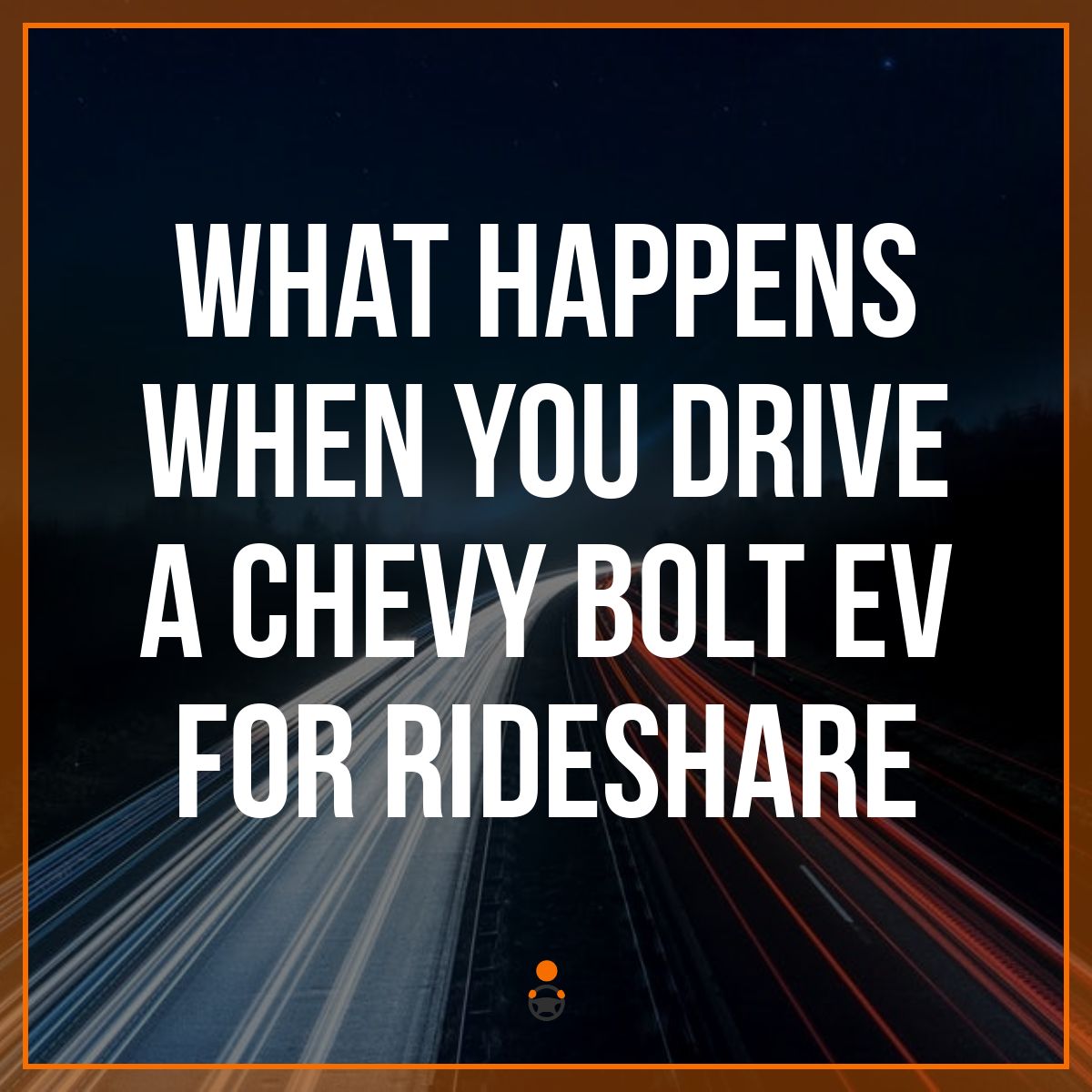
Interested in trying out a Chevy Bolt as a rideshare rental? Maven Gig offers a fleet of Chevy Bolts if you’re interested in trying one! Learn more here.
Why Electric?
Some background: I’ve been a full-time Uber and Lyft driver since mid 2014, and drove a taxicab for seven years back when dinosaurs (okay, Crown Victorias) roamed the Earth. Like most of you here, I drive for these platforms because of the flexibility and earning potential. Also like most of you, while complaining incessantly to anybody who will listen, I also pride myself on adapting to the constant change to keep my earnings consistent…and it works. By maximizing bonuses, changing my schedule, and utilizing the right equipment, I’m able to make the same take-home hourly rate, month after month, year after year.
So when I say “equipment,” I’m primarily taking about the vehicle. Everybody has their hustle, but I personally think the road to riches is travelled in something that’s affordable to purchase, operate and maintain. Is that a hybrid or an electric or just a solid, dependable used internal-combustion-engine (ICE) vehicle? I decided to find out.
Microsoft Excel has been my friend, and maybe for you as well. I’ve used to it track my earnings, mileage and expenses, and like a good friend, it never lies to me or tells me what I want to hear. When I plugged in total cost of ownership over 5 years and a projected 180,000 miles (about 36,000 miles a year) for six different cars, the choice was clear: the Chevy Bolt EV.
What’s a Bolt?
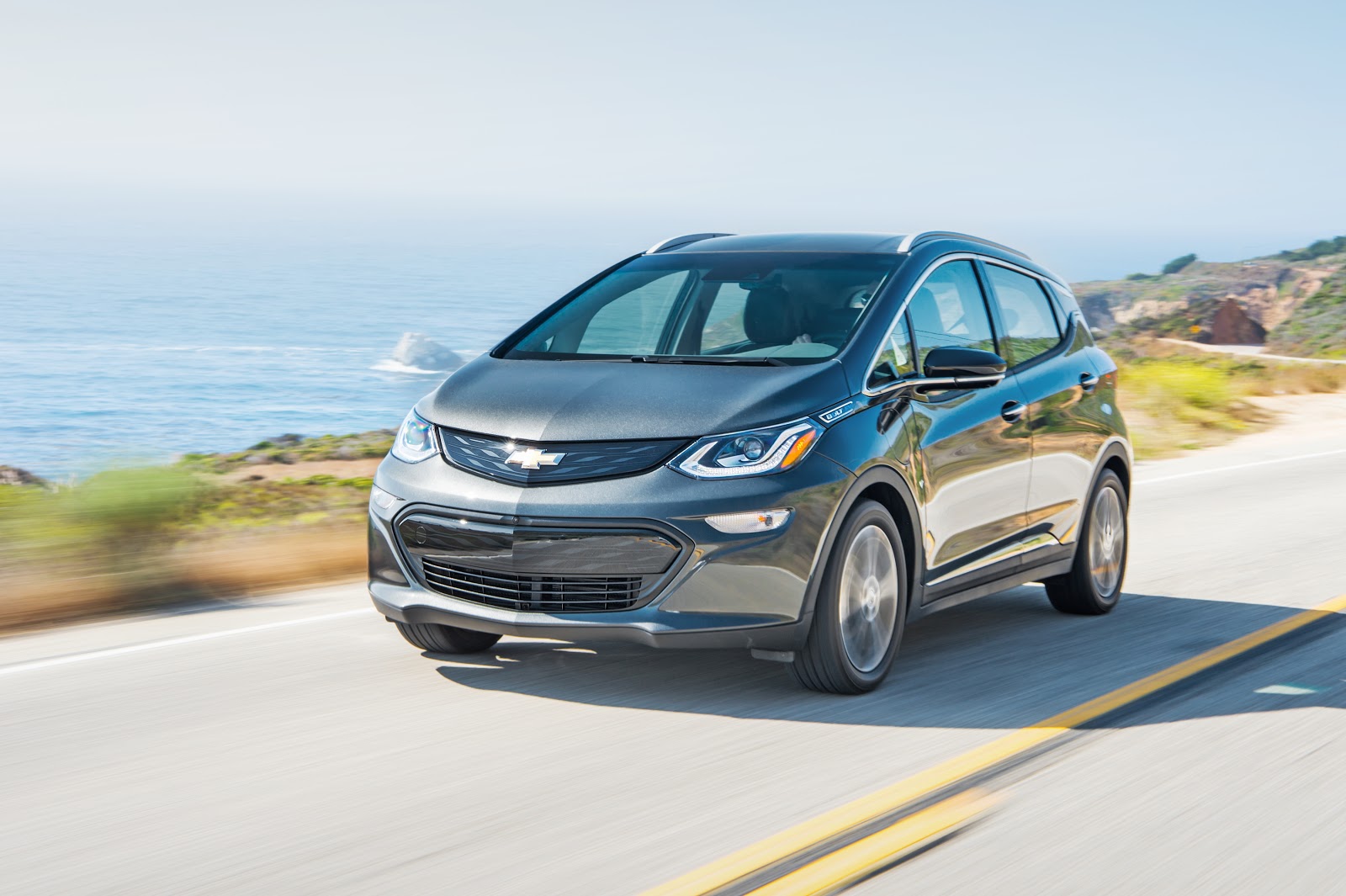
I’m writing this part because thanks to half-hearted — some would say no — marketing from GM, few people outside the EV-geek community have any idea what the Chevy Bolt is. Most people think it’s a Volt, which is Chevy’s plug-in hybrid (PHEV) with a 50-plus mile all-electric range.
No, the Bolt was the first (and for a while, only) real EV option for rideshare drivers. First available in late 2016, it offers roomy seating for five, lots of trunk space, spirited handling and performance and an EPA-rated 238 miles of all-electric range for the low (at least compared to a Tesla) price of $36,620. Federal and state rebates and incentives can take that number down to below $25,000, although the federal tax credit for GM products is winding down. Deep discounts on the 2019 model wouldn’t surprise me, nor would a big price cut for the 2020 model year.
Crunching the Numbers

How did I land on the Bolt as the best choice? My spreadsheet looked at six different cars that I was interested in:
- A new Kia Niro PHEV
- the Hyundai Ionic PHEV
- an Ioniq Blue (the lowest-priced non-PHEV model)
- a new Honda Fit
- a lightly used 2016 Mazda 3 hatchback
- a low-mile used Ford CMax SEL
- the Chevy Bolt
You may have a different short list for perfect rideshare vehicles, but this is mine. Go write your own story.
A note to Prius owners: you made a good purchase. I am glad you like your car. I would rather pluck out my eyeballs with a shrimp fork than drive a Prius for five years. Let’s leave it at that.
Anyway, to build my spreadsheet, I made some assumptions, because you have to make assumptions when talking about the future, no? I figured gas would stay around the $3.60 mark in the San Francisco Bay Area, that I’d be able to use my local utility’s low EV rate for charging, and I’d stay close to my historical average of about 36,000 miles per year. Except for tires, maintenance is basically zero for the Bolt, but I decided to be charitable and figured Bolt maintenance would be half the cost of the other cars.
Putting all this data together yielded some surprises. The first is that thanks to the cheap price of gas, for most places in the United States, a good used hybrid will be the most economical way to drive. In California, without the special EV rates most utilities offer, it’s still cheaper to drive a used Ford CMax than buy a new Bolt.
Another surprise is how expensive it is to drive a non-hybrid ICE. The Mazda 3 will burn up $27,931 in gas over five years of ride-share driving in San Francisco, where the hills and stop-and-go traffic bring the Mazda’s EPA-rated fuel economy from 32 combined to about 23.5.
How do I know that number? Because I owned one for a month. Am I a lead foot? Let’s just say I like to maintain my position in traffic. Thankfully, I didn’t burn through a set of brake pads in a month, but my experience driving cabs and other non-hybrids in San Francisco taught me that brake jobs are early and often. And pricey.
The bottom line is that combining incentives, a negotiated lower price, California’s high price of gas and PG&E’s low electricity rate, the Bolt was the cheapest option over five years. So I bought one.
Interested in trying out a Chevy Bolt as a rideshare rental? Maven Gig offers a fleet of Chevy Bolts if you’re interested in trying one! Learn more here.
On the Road
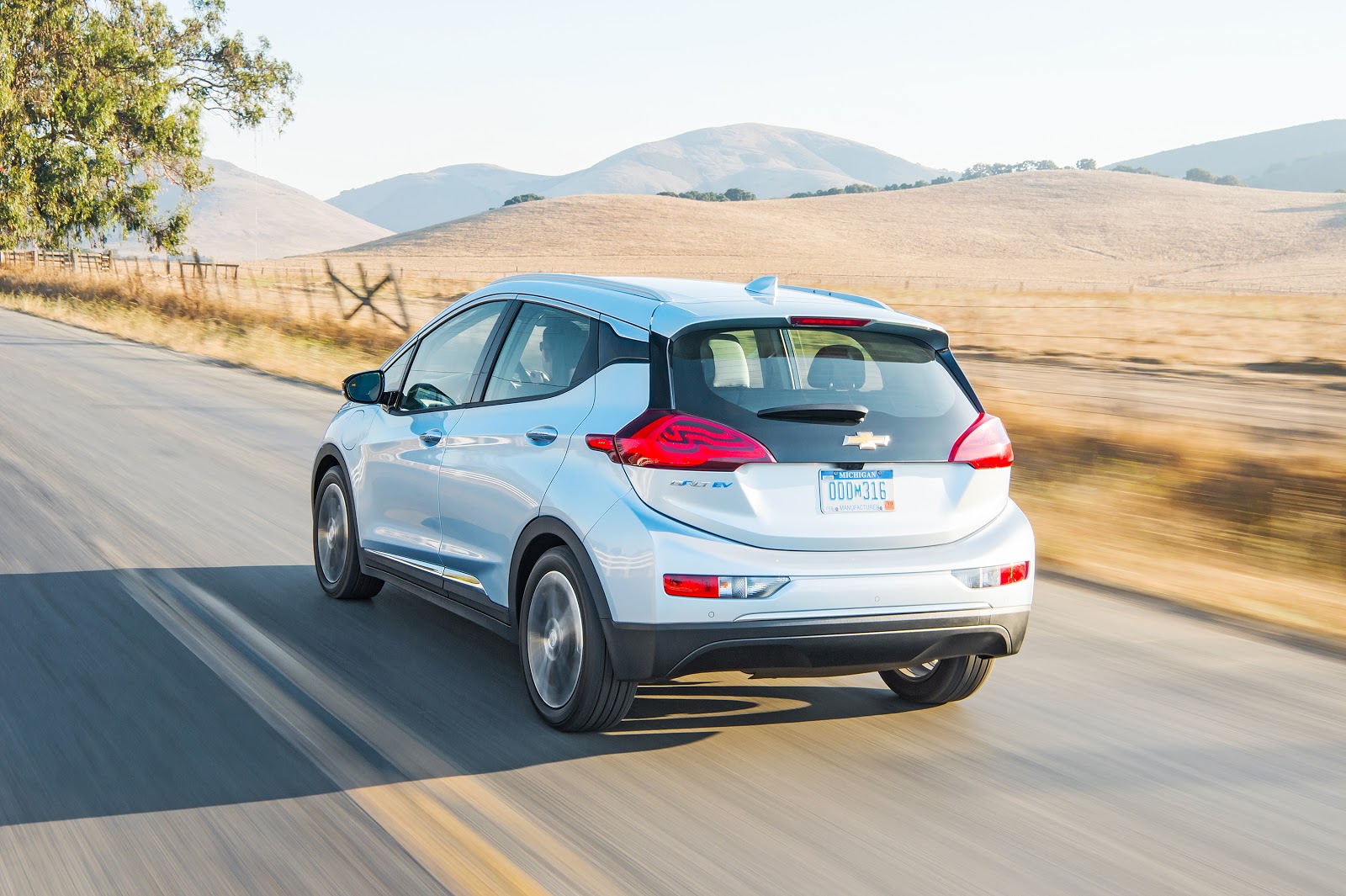
What’s it like to drive for Uber and Lyft in an EV? I don’t want to come off as a gibbering EV fanboi, but it’s been pretty great. There are few downsides, and the upsides are gratifying. First, you want to know about range. The quick answer is 200 to 250 miles, but aggressive driving or long freeway rides can drop that to under 200. Conversely, driving in mostly city conditions in somewhere relatively flat can get you closer to 300 miles.
But what I love most about my Bolt is the driving experience. We’ve been trained to think of EVs as being a new kind of Prius, inherently slower and less fun to drive than ICE cars. That is a load of crap. My Bolt makes 200 horsepower and 266 foot-pounds of torque, numbers comparable to a Volkswagen GTI, but numbers don’t tell the whole story. That VW’s turbocharged engine needs to be spinning around 6,000 rpm to get maximum go, but the Bolt delivers all that power from one RPM. Mash the pedal to the floor and the front tires slip, shriek, grip and the car shoots forward, snapping your head back in a way that Priuses only imagine in coke-fuelled fever dreams.
Handling is nice, too. The Bolt’s 60-kilowatt hour (KWh), 960-pound battery pack is the floor of the car’s chassis, keeping the center of gravity very low. That means it goes around corners like a go-kart, limited only by the crappy, skinny, low rolling-resistance tires GM uses to maximize range.
Passengers are endlessly impressed by the car’s handling, maneuverability and quick acceleration, often showing surprise at the car’s capabilities. “Is this a hybrid? It’s so fast!” is something I hear frequently. But because the car is so smooth, vibration free and quiet — the only noise you hear is from wind and tires — passengers often don’t look up from their phones while you’re zipping in and out of traffic like a maniac. That means fewer passive-aggressive reminders from Uber or Lyft that what I call “spirited” driving may result in suspension from the platform.
As an urban assault weapon, it’s king. At just 63 inches wide, with a 17.7-foot turning radius, the Bolt squeezes into gaps in traffic so effortlessly passengers get alarmed when I slip between stopped busses and streetcars to make right turns. The huge information screen makes parking laughably easy and using the transmission’s “Low” setting to perform one-pedal driving makes long shifts easier, especially in stop-and-go traffic. My only real complaint is the seat, which is apparently not intended for humans. A memory-foam cushion makes it tolerable, but bigger people (I’m five-foot six) might find it intolerable.
Practical Matters

It’s fun to drive and the most economical choice for me, but what is the Bolt EV like as your business partner? It’s not just a compliance car or a way to show off your green consciousness to the crunchy-granola Berkeley folk; it’s one of the best tools for the job of navigating through narrow, congested streets and transporting as many people as possible.
Customers are often surprised at the Bolt’s interior room. Its lack of bulky components like an engine block, drive shaft or gas tank means the car really is a big, empty box, maximizing interior room. The big battery is under the floor, but the hatchback’s high ceiling offers plenty of headroom. Tall passengers sit happily in the back, even behind other tall passengers. Interior comfort doesn’t just benefit passengers: that roominess means they can get in and out more quickly, especially if they have mobility issues. In contrast, getting older folks in and out of the back seat of my Mazda 3 was like a scene from Apollo 13.
When people ask me how long it takes to charge, I tell them 10 seconds. What? Yep, I park in my garage, get out of the car, grab the charge cord, which is hanging right next to the car, and plug it in. Done. In the morning, I unplug it and the car is ready for another 250 miles, which I have only exceeded three times in five years of driving for Uber and Lyft.
When you do need to charge away from home, it’s inconvenient, but could be worse. Make sure you get the DC fast-charge option, unless you want to wait at Denny’s for four hours. Apps like Plug Share make it easy to find available fast chargers. Using one, you can add 50 miles of range — enough to finish your shift and get home — in about 15 minutes.
How long does it take you to find the cheapest gas, drive to the station, wait for an empty pump, pay the cashier, fill the tank, wipe the spilled gas off your shoes, replace the nozzle, walk back to the cashier to get your change or receipt and then get back to your car? More than 15 minutes, I’ll bet. Every morning my “tank” has been magically refilled; it’s like having a gas station in your house, a gas station that sells you gas for 1960’s prices.
The Long Game

How will my car hold up? One common concern I hear is that the $14,000 battery in my Bolt will need replacement sooner than I amortize its cost. I guess that’s possible, but it’s unlikely. Battery memory issues are real, especially for hybrid and EV batteries that use older designs, like first and second-generation Priuses (Prii?) and the Nissan Leaf, that relied on air cooling to protect the batteries from damaging temperature extremes.
In contrast, the Bolt uses a sophisticated thermal-management system to manage the battery, and that likely will keep the capacity above 80 or 90 percent for the 150,000-200,000 miles I see owning this car. There’s been no degradation at 25,000 miles, so I’m hopeful.
Professor John Kelly at Weber State University has taken apart a Bolt (from a wheelchair, by the way, the next time you want to complain about checking tire pressure) and lauds the design, stating that longevity won’t be a problem. His contention is backed up by data from Chevy Volt owners (which has a similar powerpack design) showing mileage as high as 400,000 miles without degradation issues. I hope I’m right—the battery is under warranty for the first 100,000 miles (150,000 in California), but after that my extended warranty doesn’t cover the capacity of the battery pack, unless it’s caused by a software or hardware issue. I’ll take the risk, and if it pays off I will have saved as much as $24,000 not buying gas.
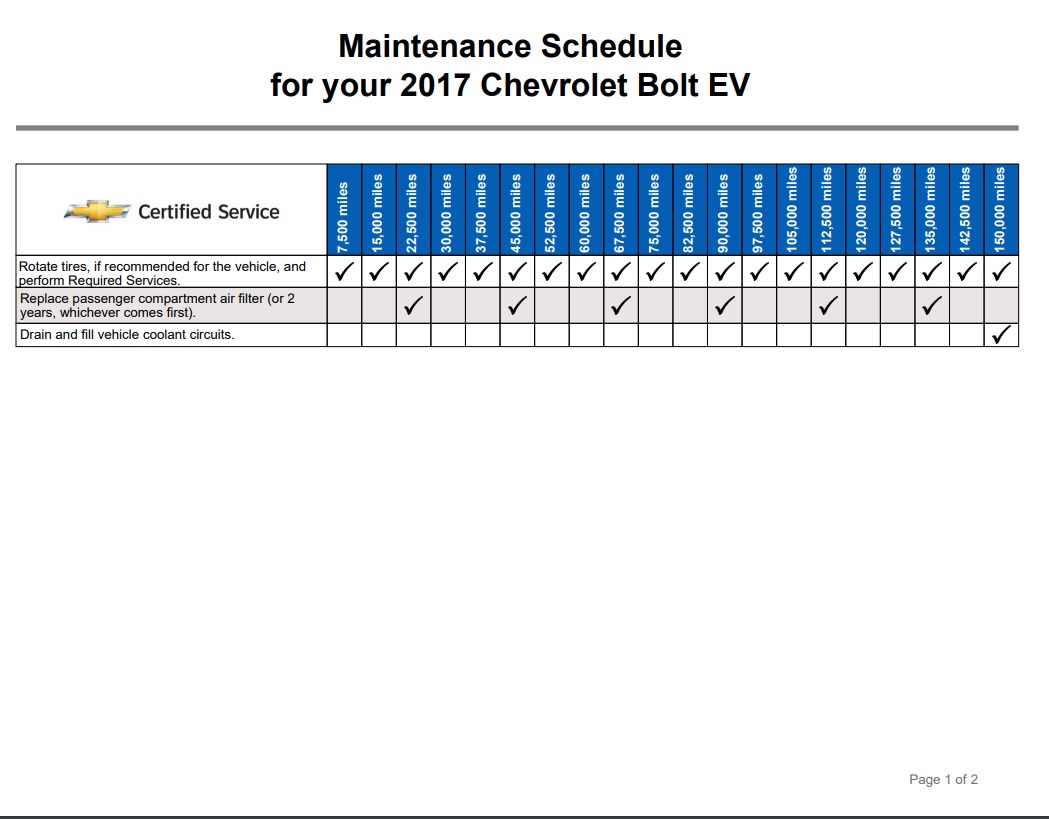
Maintenance costs are laughably low. Brake jobs? That can cost you $1,000 a year on a standard ICE, but I’ll probably never need one, as I seldom use my brakes thanks to the extreme braking effect of driving in “low.” Oil changes? Coolant? Transmission fluid? Clutch? Timing belt? They just aren’t issues. Aside from tire rotations and cabin air filter—which you can do yourself—it’s like owning an appliance. In seven months of pretty hard use, aside from a few software glitches in the infotainment system, the car has behaved perfectly.
Interested in trying out a Chevy Bolt as a rideshare rental? Maven Gig offers a fleet of Chevy Bolts if you’re interested in trying one! Learn more here.
Should you Buy One?
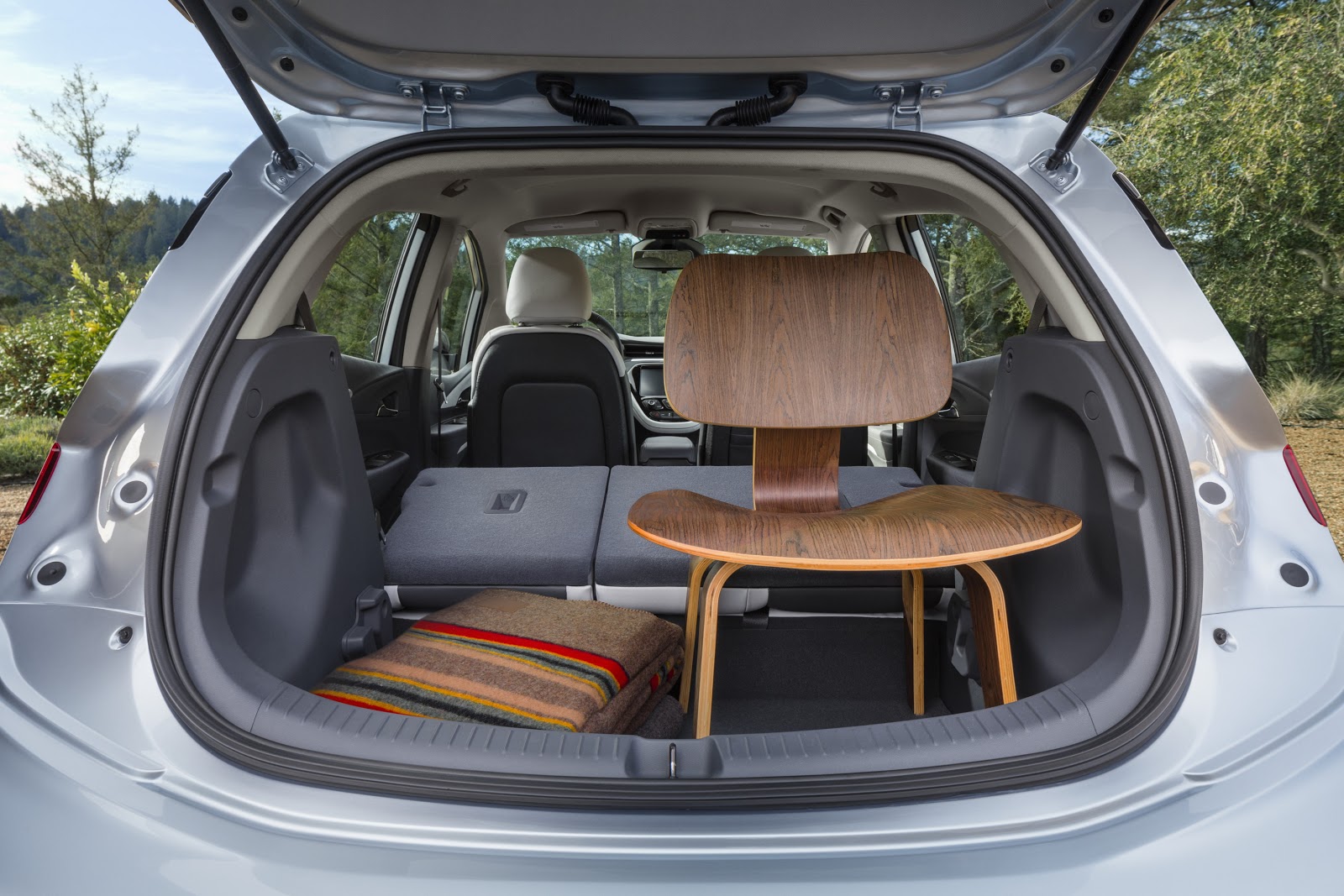
So you scrolled down here, skipping all the boring analysis and technical stuff. Fine. Welcome. You want to know if buying a Chevy Bolt—or another affordable long-range electric, like the new Hyundai Kona EV—is the path to ride-share riches. The answer is, it depends. For me, it works. Thanks to the high price of gas in California, low utility rates for EV owners, tax incentives and rebates and a glut of cars resulting in a $4,000 discount on my car’s MSRP, I save about $80 a week compared to driving an ICE. I also make an extra $30 a week thanks to Uber’s incentive for EV drivers in the SF Bay Area, but who knows how long that largess will last.
Will it work for you? You need to do some research, as EV ownership isn’t right for everybody. Extreme temperatures can sap range and high electricity rates coupled with cheap gas reduce the advantage even more. Plus, the Federal tax credit for GM plug-ins is going away, as it is for other manufacturers. This may be offset by a large number of used, low-mileage 2017 Bolts coming off their three-year leases in 2019.
You also might operate in a market that’s more rewarding for long-distance trips. Since the Bolt’s range can sink below 200 miles during extended high-speed driving, especially with lots of elevation change, that can also make it less competitive against a dependable hybrid. And of course, if you don’t have a place to charge your vehicle at night on a level-2 charger to take advantage of discounted electricity rates, it might not work.
But if you can check all the boxes—discounted electricity, a market that favors short trips, at-home charging, mild winter climate and tax incentives—an affordable long-range EV like the Bolt may be the way to go. Happy travels—no matter what you drive!
Drivers, would you try driving for Uber or Lyft with an all-electric vehicle?
-Gabe @ RSG
👉 Do you use an EV to drive for rideshare or delivery? Join our Facebook Group for EV gig drivers for discussions about the current state and future of EVs.


